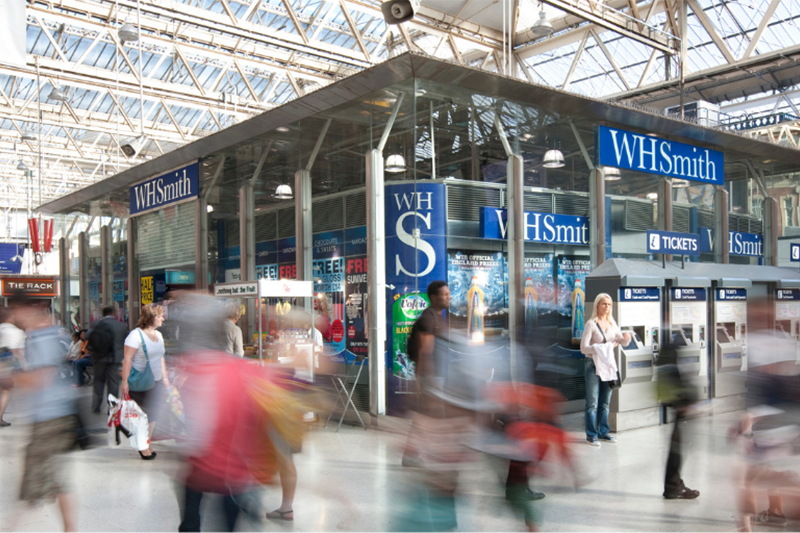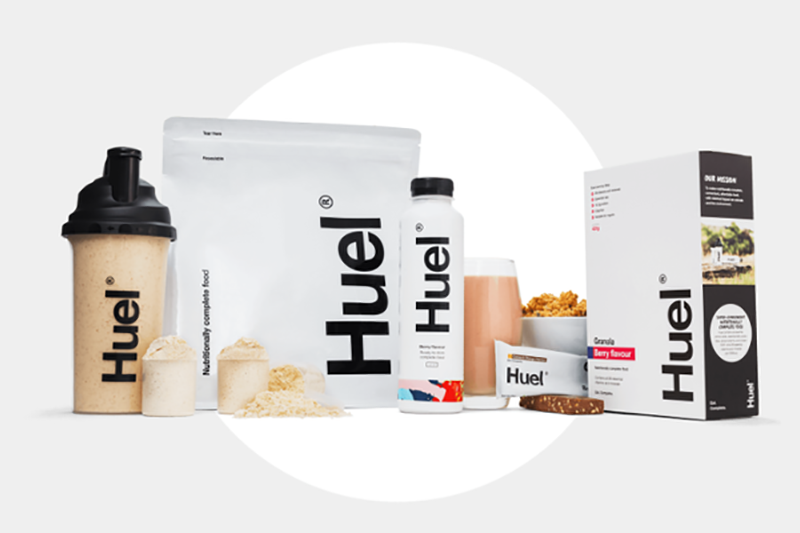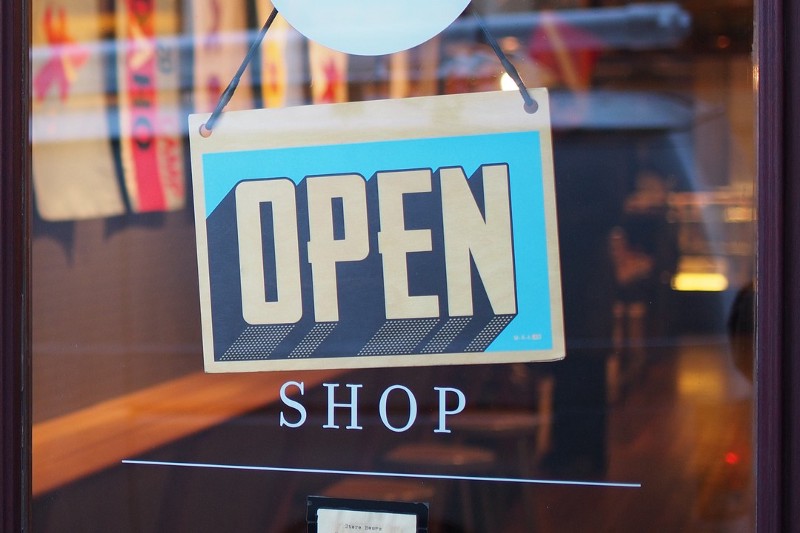
Sports Direct’s purchase of ailing House of Fraser underlines the pain that’s characterised UK retailing’s past half-year, with famous names such as such as Maplin and Toys R Us collapsing and hundreds more closures resulting in the loss of a staggering 50,000 jobs[i]. Yet growing talk about the death of the British High Street is misguided, if not wrong.
Yes, familiar brands and jobs have declined. But while month-on-month retail sales figures fluctuate — up 1.3% in value and 0.9% in in Q2 this year on Q1[ii] after a 0.5% fall (in volume) quarter on quarter fall in Q1[iii] — when viewed over the longer term since 2000, the overall trajectory remains upward[iv].
What’s happening isn’t the early death throes of the British High Street, but the demise of those bricks and mortar retailers which have most struggled and failed to adapt to the fundamental changes in consumer behaviour brought about by digital and the growth of online retail.
British High Street retailers who have gone out of business over the past six months share three shared traits:

1. An inability to adapt their store footprint and in-store experience to new customer behaviours is undoubtedly the most important common denominator. But so too has been a knee-jerk fire sale response — based on an outdated assumption price cutting will win back customers which killed margins — not an economically sustainable response.
2. What these retailers have failed to understand and act on is that customers still want to come in-store to see, touch and better understand the products they buy. For proof, consider the fact that while 46% of UK consumers have tried online grocery shopping, only 15% do so regularly.
3. They have failed to embrace the aspects of the bricks and mortar shopping experience that online can never replace and customers still value. And they have failed to understand the potential of building a closer connection between online and offline retail experiences and that viewing the two as symbiotic rather than in competition is key.
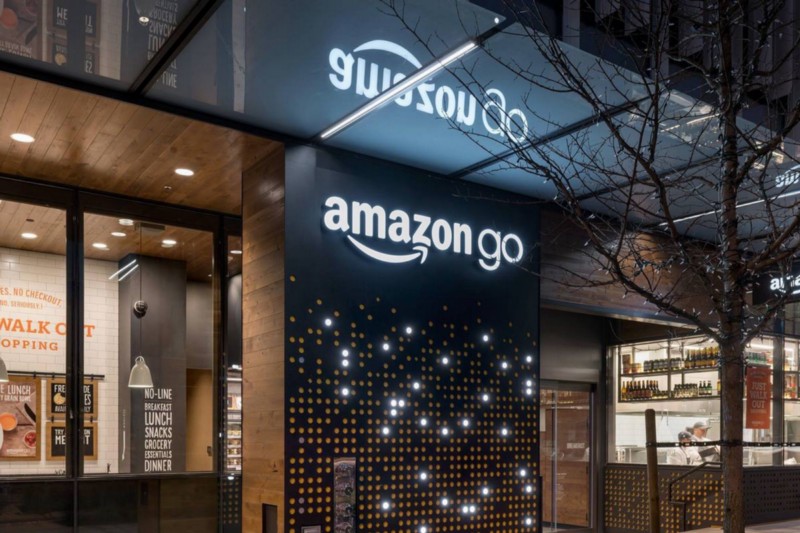
For this reason, it is online retailers now moving into the bricks and mortar space that are pushing the boundaries.
‘Walk out’ technology is one great example of this. Deployed by Amazon earlier this year, Amazon Go[v] guarantees checkout-free grocery shopping in a first-of-its-kind bricks and mortar shop. Another powerful example is the integrated online/offline retail offering developed by Alibaba in China[vi].
However, a growing number of more traditional bricks and mortar retailers are also innovating in the right direction.
Winners of the High street:
1. Nike:
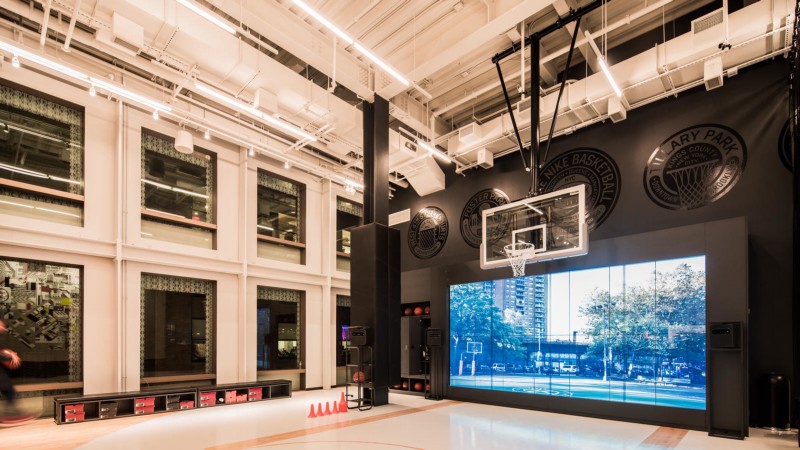
With its goal of offering a ‘personal sport experience’, Nike Soho in New York allows customers to try on basketball shoes and shoot hoops with in-store athletes in the Nike+ Basketball Trial Zone. This space stretches to the size of half a court in a room on the fifth floor with a 23-foot-high ceiling[vii].
2. Lacoste:

Lacoste has used Augmented Reality to both allow customers to virtually try on shoes at home and enjoy AR-powered in-store experiences[viii]. Topshop, meanwhile, has introduced virtual fitting rooms for customers in its Moscow Store[ix].
3. Samsung:
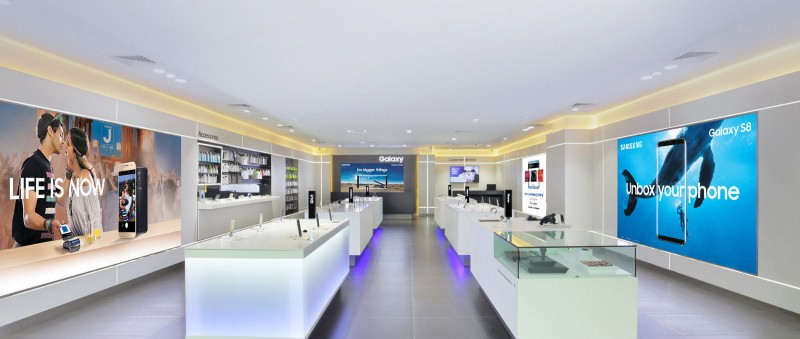
Samsung Experience Stores enable customers to experience the Samsung range in a unique environment and give people advice on how to get the most out their devices. For people who don’t have access to experience stores, Samsung is rolling out a number of pop-up experiences that move around the country. Samsung is also running a dynamic screen trial with Carphone Warehouse that enables the latter to use data from Samsung.com in order to dynamically feed content into its stores.
4. Primark:
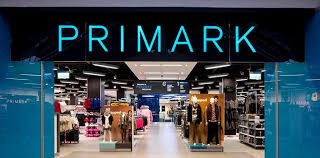
Primark, meanwhile, is using social media not just for social marketing but to inspire what happens in its physical stores. With over 100 new products released every week, Primark looks to platforms like Instagram to see which types of products are trending and how they are being styled. This information then feeds into how content is displayed in-store.
Death of the High Street? For the canniest retail brands likely to be tomorrow’s retail winners, it’s just the beginning.
David Coombs is Head of Strategic Services at Cheil UK
Read
i http://www.itv.com/news/2018-07-02/high-street-pain-sees-50-000-jobs-lost-in-brutal-first-half/
ii Table 1:
https://www.ons.gov.uk/businessindustryandtrade/retailindustry/bulletins/retailsales/may2018
iii Table 1:
https://www.ons.gov.uk/businessindustryandtrade/retailindustry/bulletins/retailsales/march2018
iv Table 4:
https://www.ons.gov.uk/businessindustryandtrade/retailindustry/bulletins/retailsales/march2018
vi https://technode.com/2018/02/14/alibaba-new-retail/
vii https://www.campaignlive.co.uk/article/seven-best-experiential-stores-2017/1447969
x https://www.ft.com/content/ac3fd8f8-ae5f-11e7-beba-5521c713abf4


